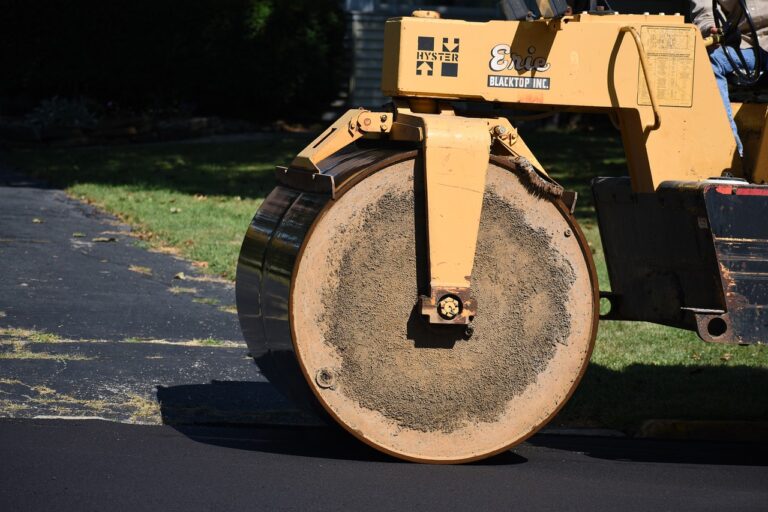Biodegradable Car Interiors: Reducing Environmental Footprint
Biodegradable car interiors offer a sustainable alternative to traditional car materials, reducing the overall environmental impact of vehicle production. These interiors utilize organic compounds that can easily decompose without leaving harmful residues in the environment. By using biodegradable materials, car manufacturers can contribute to a circular economy and decrease the amount of waste generated by the automotive industry.
In addition to being eco-friendly, biodegradable car interiors can also improve indoor air quality for passengers. Many traditional car materials release volatile organic compounds (VOCs) that can be harmful to human health. By switching to biodegradable alternatives, car interiors can help create a healthier and more pleasant driving experience while also showcasing a commitment to environmentally friendly practices.
• Biodegradable car interiors reduce the overall environmental impact of vehicle production
• They utilize organic compounds that can easily decompose without leaving harmful residues
• Contributes to a circular economy and decreases waste generated by the automotive industry
• Improves indoor air quality for passengers by reducing volatile organic compounds (VOCs) released from traditional materials
• Creates a healthier and more pleasant driving experience
• Showcases a commitment to environmentally friendly practices
Impact of Traditional Car Interiors on the Environment
Traditional car interiors, often made of non-biodegradable materials such as plastics, vinyl, and synthetic fibers, contribute significantly to environmental degradation. These materials are derived from fossil fuels and are not easily broken down by natural processes, leading to long-term waste accumulation and pollution.
Furthermore, the production and disposal of traditional car interior materials release harmful chemicals and greenhouse gases into the environment, further exacerbating climate change and air pollution. The extraction of resources for these materials also involves significant energy consumption and creates habitat destruction, impacting biodiversity and ecological balance.
Types of Biodegradable Materials Used in Car Interiors
Biodegradable car interiors often utilize materials such as cork, bamboo, and natural fibers like jute and sisal. Cork is a sustainable option known for its durability and resistance to mold and mildew, making it a popular choice for car flooring and dashboards. Bamboo, on the other hand, offers a lightweight and sturdy alternative for components like door panels and upholstery.
In addition to cork and bamboo, car manufacturers also turn to natural fibers like jute and sisal to create biodegradable car interiors. Jute is a versatile material that can be used for seat covers and floor mats due to its eco-friendly properties and strength. Sisal, derived from the agave plant, is another biodegradable option known for its durability and sound-absorbing qualities, making it ideal for car interior components that require insulation.
What are the benefits of biodegradable car interiors?
Biodegradable car interiors help reduce the environmental impact of traditional car interiors, as they break down naturally over time. They also help reduce the use of non-renewable resources and decrease pollution during the manufacturing process.
How do traditional car interiors impact the environment?
Traditional car interiors are often made with non-biodegradable materials such as plastic and synthetic fibers, which can take hundreds of years to decompose in landfills. The production of these materials also contributes to pollution and greenhouse gas emissions.
What are some types of biodegradable materials used in car interiors?
Some common biodegradable materials used in car interiors include bamboo, cork, natural rubber, recycled wool, and organic cotton. These materials are sustainable, renewable, and have minimal impact on the environment.







